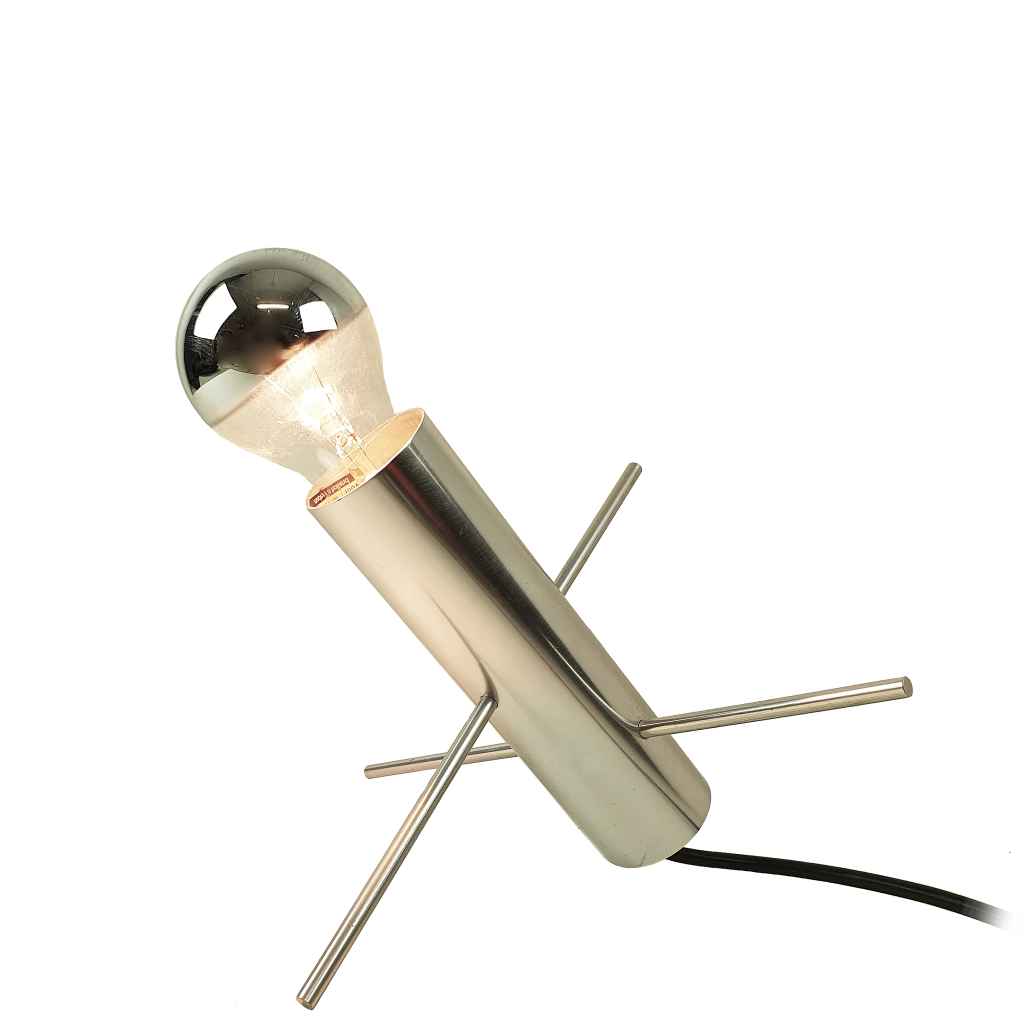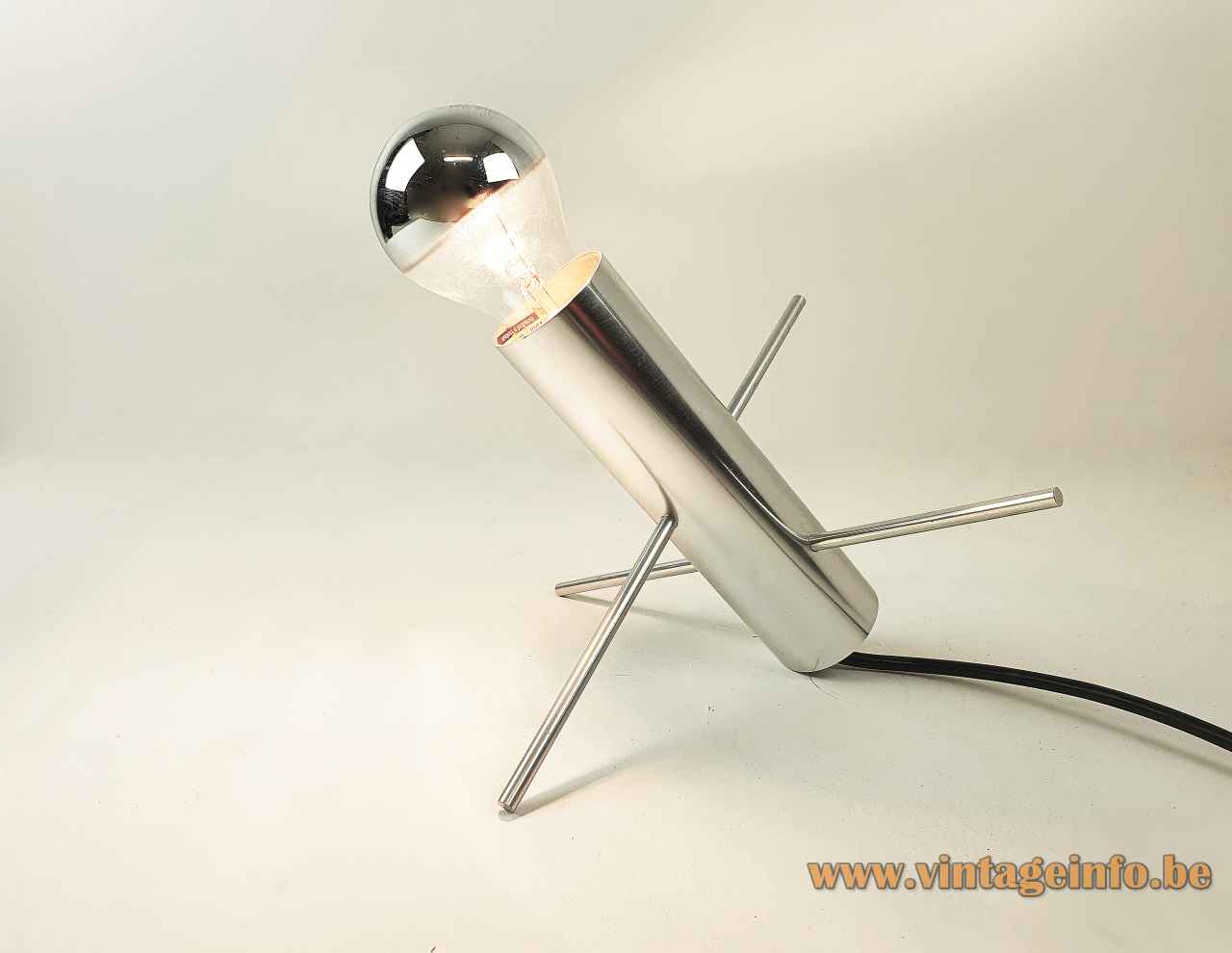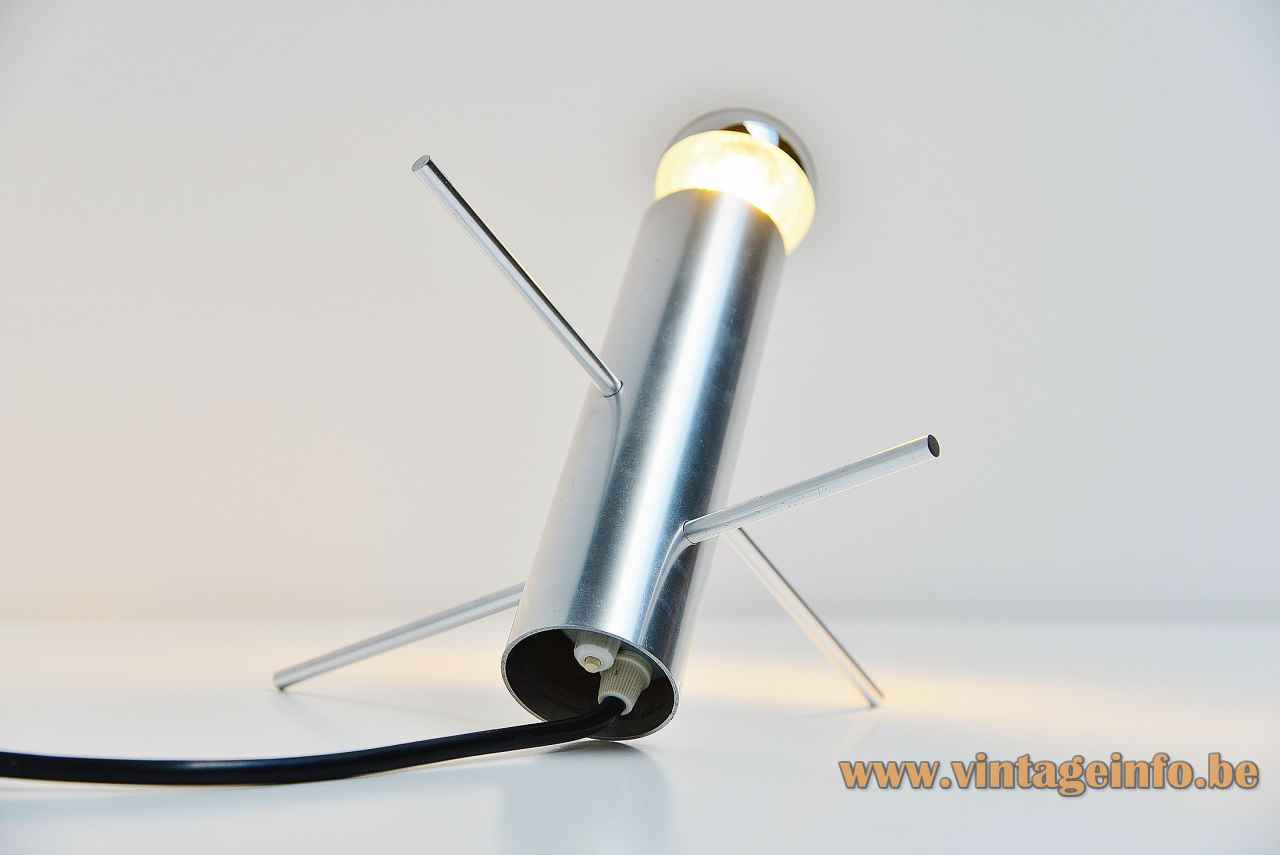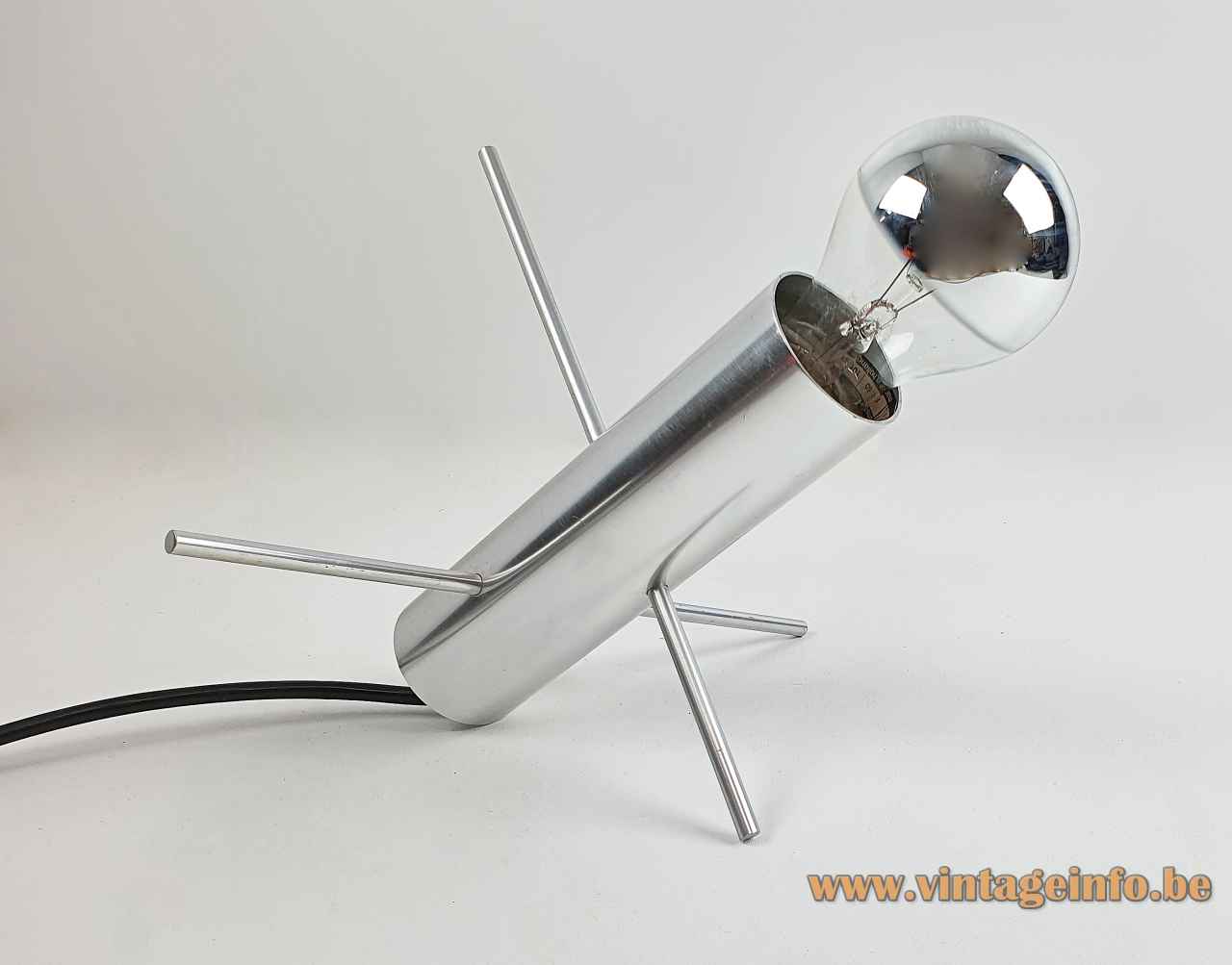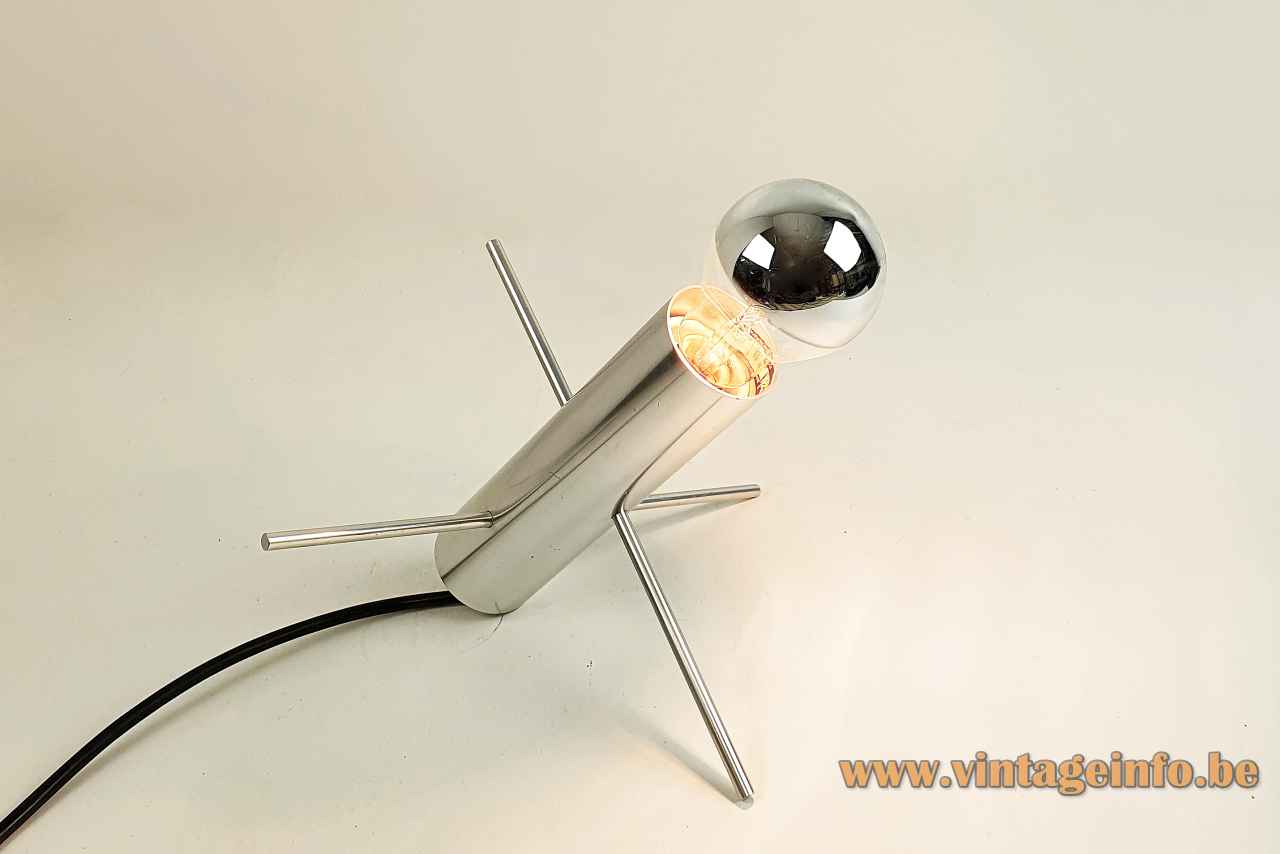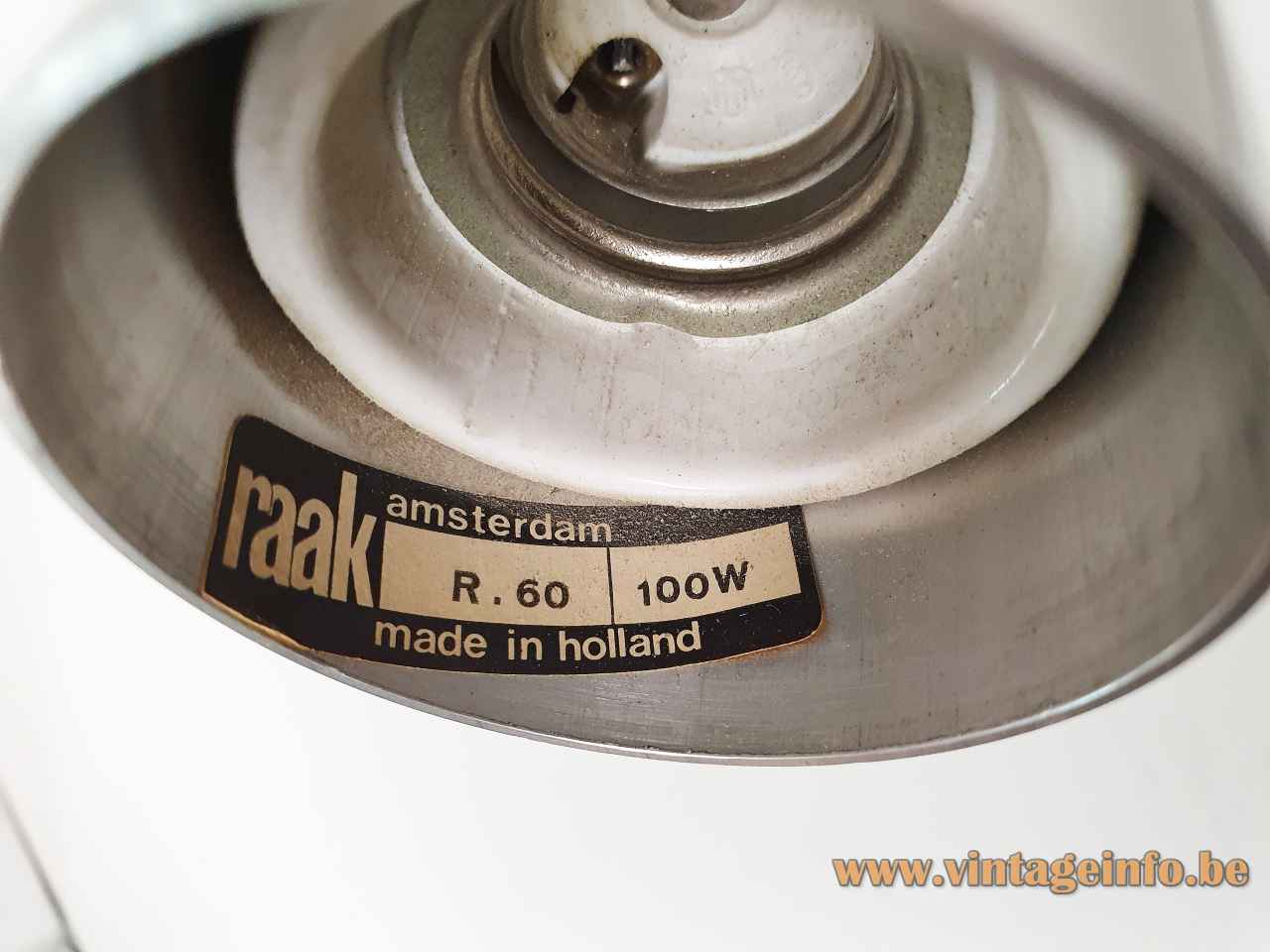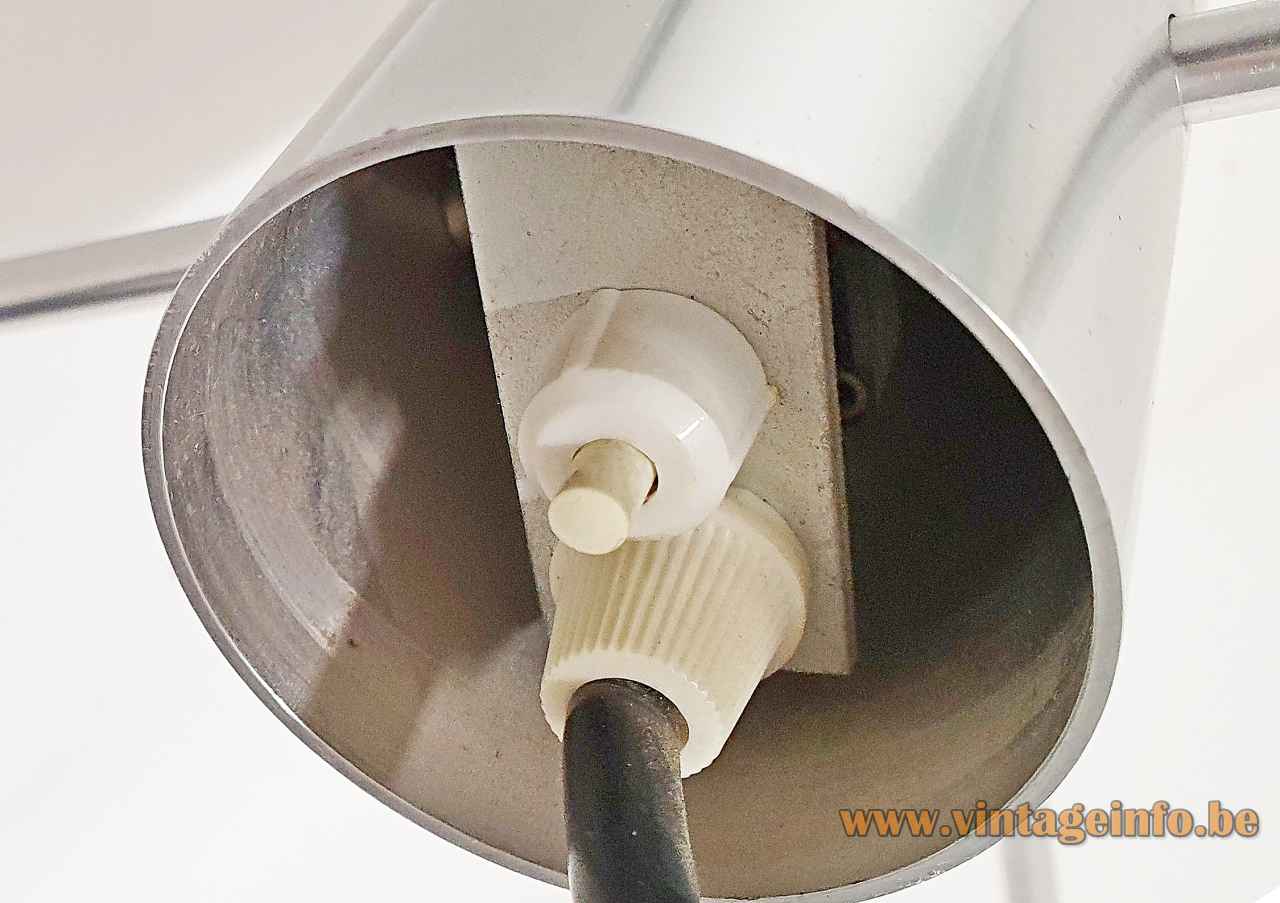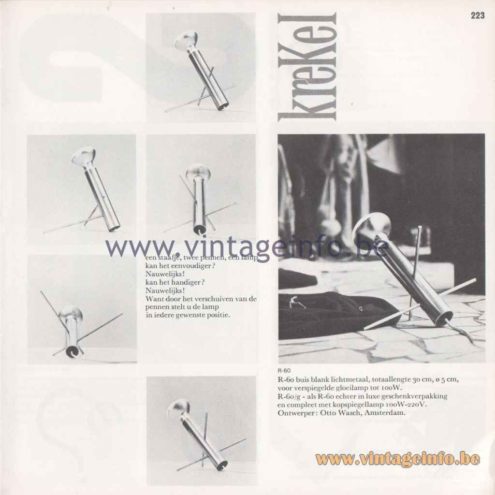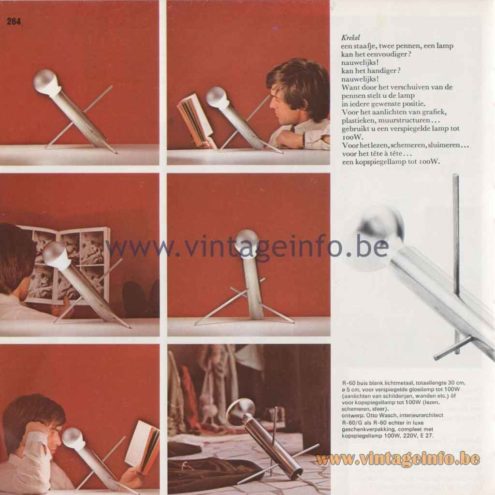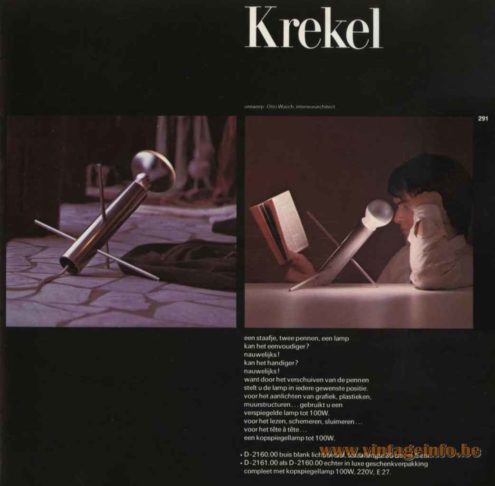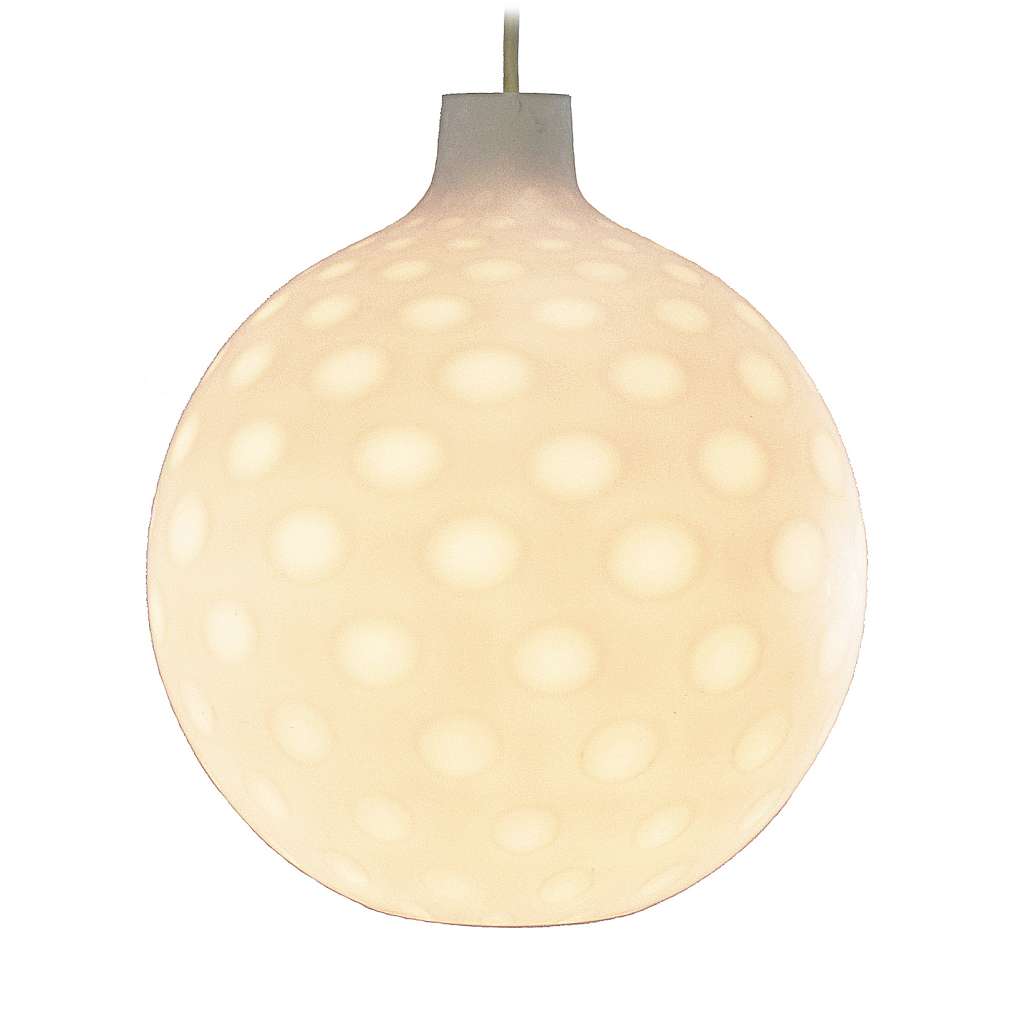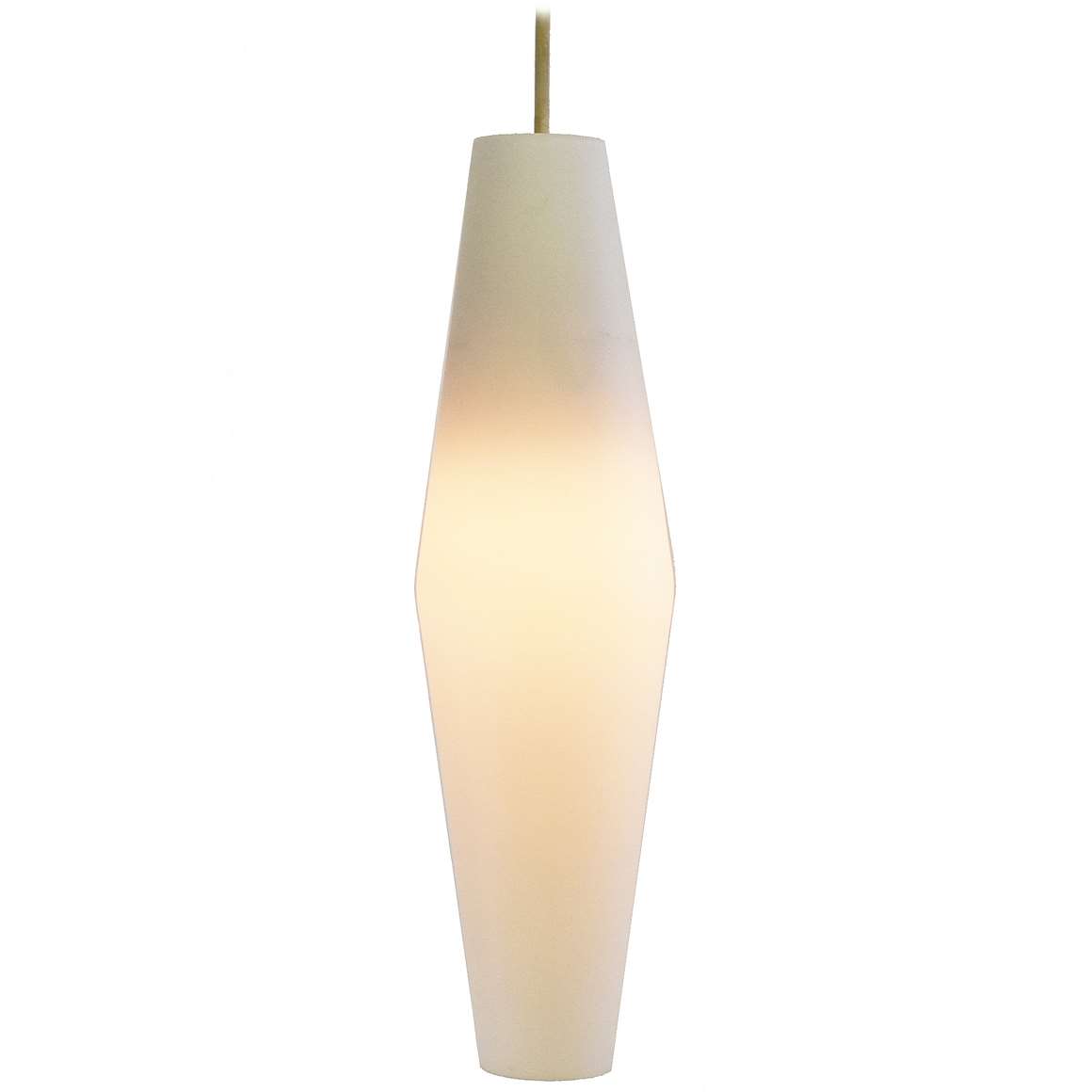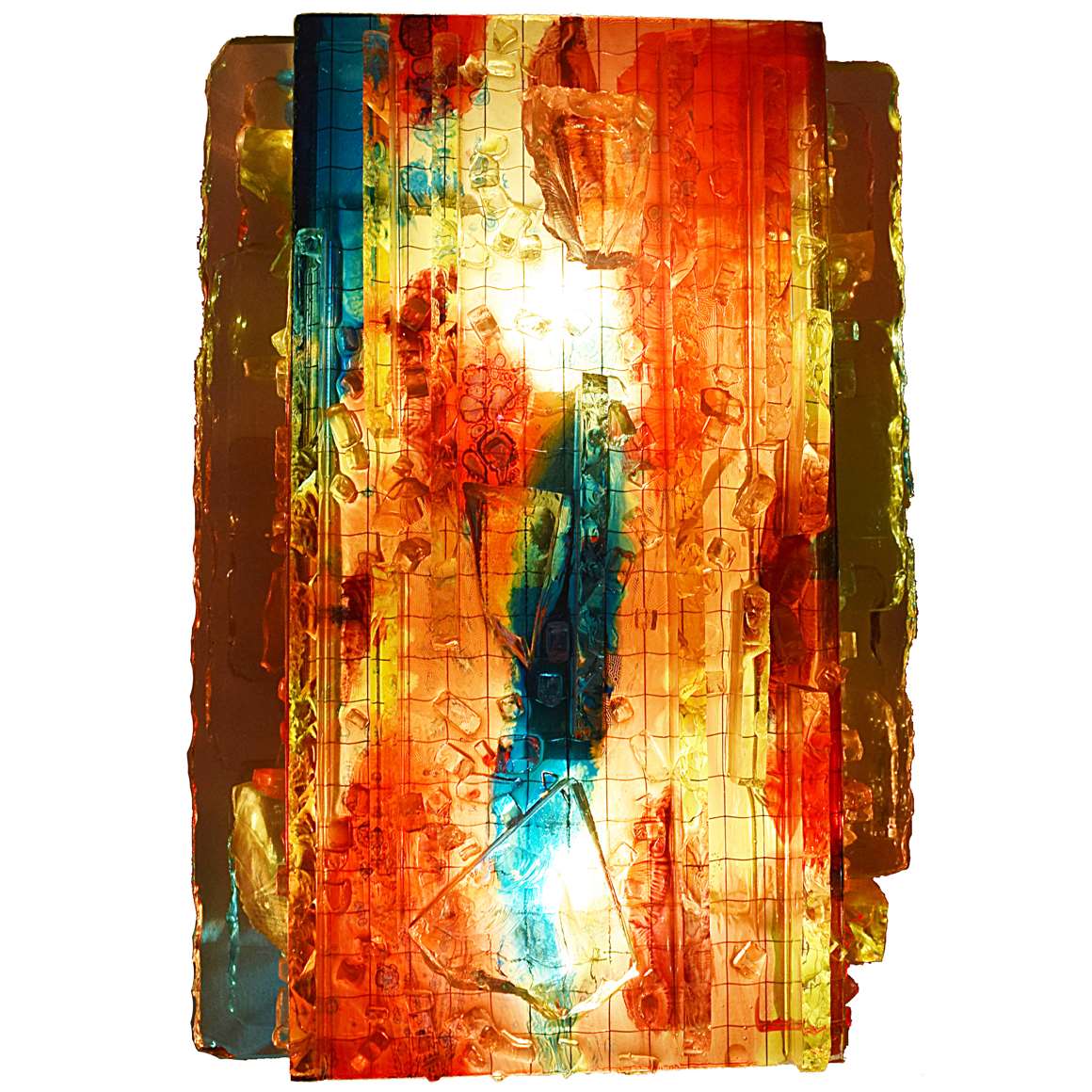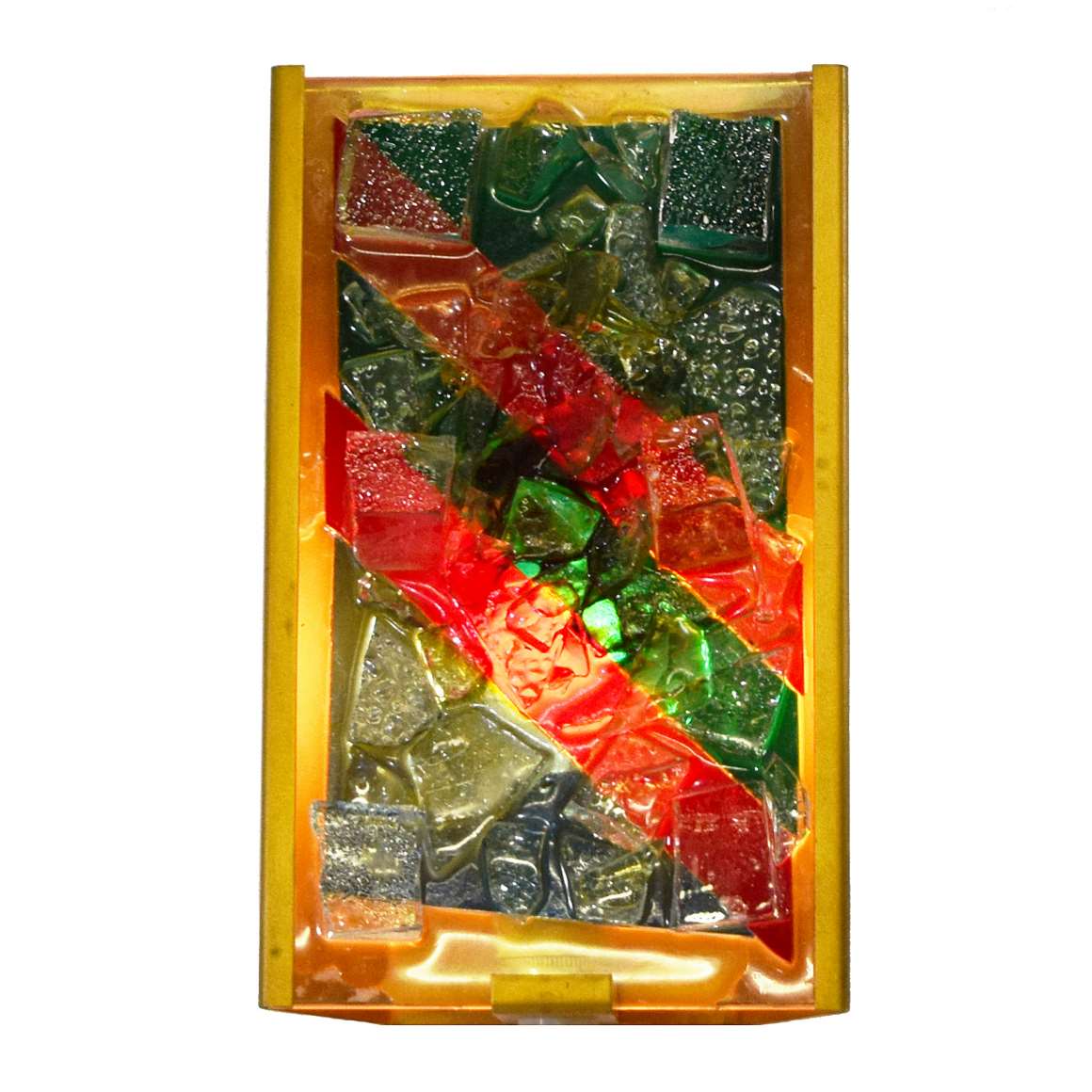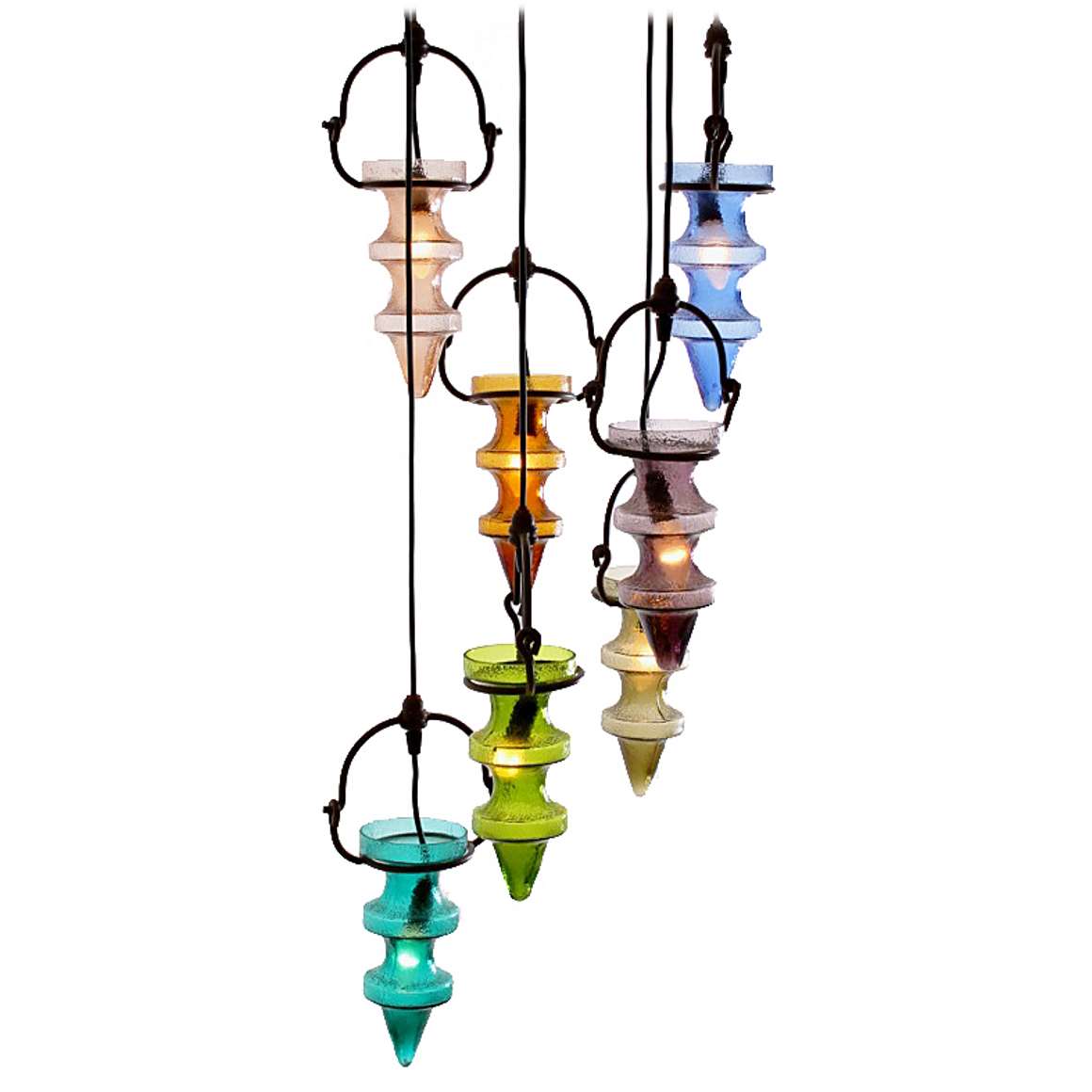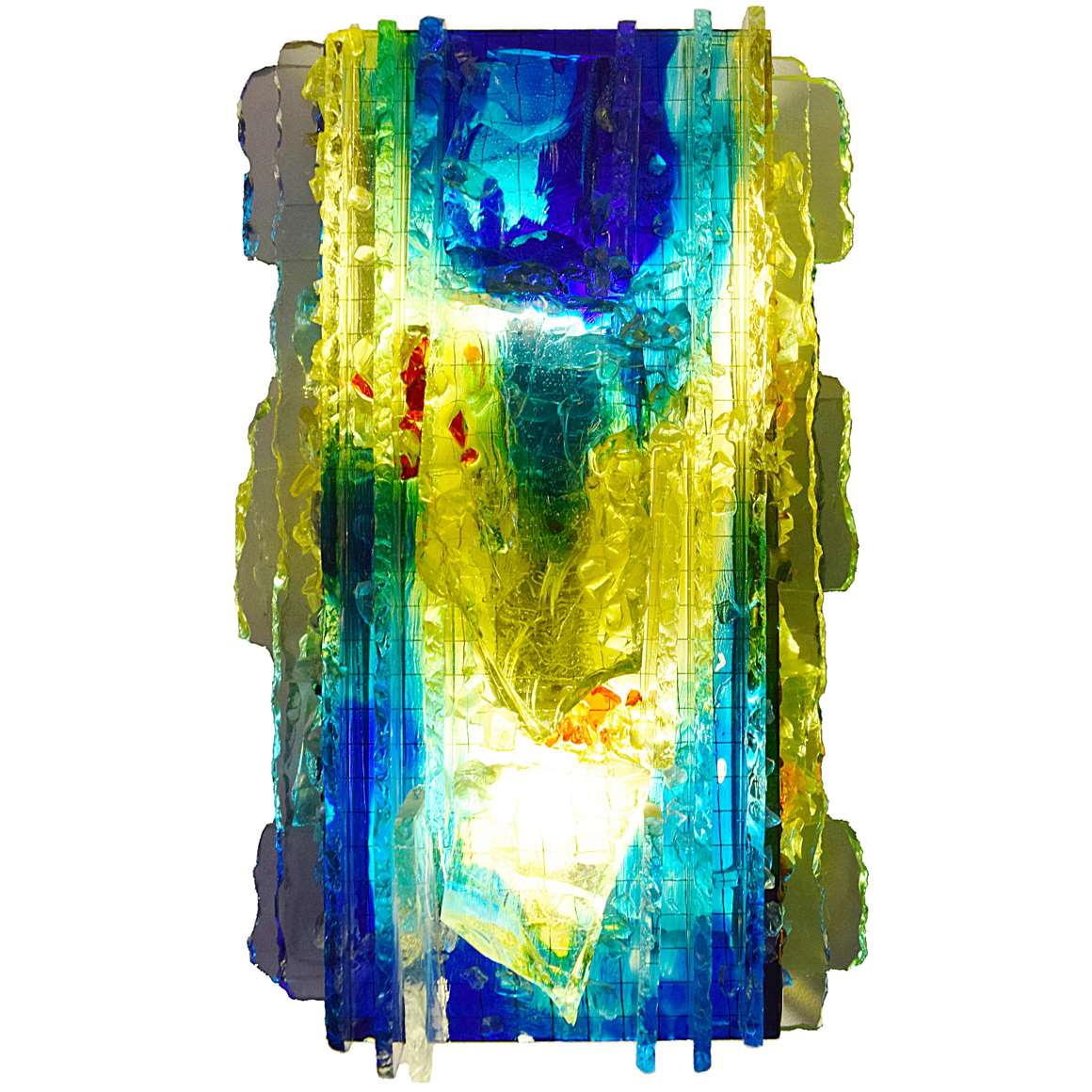Raak Krekel Table Lamp
Materials: Aluminium tube. 2 metal rods. Built-in switch. Porcelain E27 socket.
Height: 23 cm / 9.05” – adjustable
Width: 27 cm / 10.62”
Tube: ∅ 5 cm / 1.96”
Electricity: 1 bulb E27, 1 x 100 watt maximum, 110 /220 volt.
Any type of light bulb can be used. But a silver cup light bulb or spot bulb is preferred.
Period: 1960s, 1970s – Mid-Century Modern.
Designer: Otto Wasch.
Manufacturer:Raak, Amsterdam, The Netherlands.
Other versions: According the Raak Catalogues the Raak Krekel table lamp exists in 1 version, labelled R.60 or R-60. You can find other versions online, but they are probably fake, so beware. It is not so difficult to make this lamp. Always buy one with a Raak label, or at least with an old switch on the back, such as this one.
Krekel is the Dutch word for cricket, an obvious name for this table lamp.
Otto Wasch
Unfortunately, no information can be found about the designer Otto Wasch. He was probably born in 1912 and passed away in 1989.
Do you have an idea? Please let us know through the contact form and help improve the websites exactitude.
Raak
The Dutch company Raak was founded in 1954 by Carel O. Lockhorn (18 June 1923 – 6 October 2004), a previous employee of Philips Lighting Eindhoven. Raak, which means “to hit” in Dutch, implies design which precisely “hits the nail on the head”.
Raak is best known for their organic modern design of the 1960s and 1970s which combined glass & metals for a sophisticated futuristic style.
The light company collaborated with several international designers and architects, including Bertrand Balas, Evert Jelle Jelles, Frank Ligtelijn, Ger Vos, Jan Jasper Fayer, Li Helo, Maija-Liisa Komulainen, Nan Platvoet, Nanny Still-Mackinney, Nico Kooi, Sergio Asti, Tapio Wirkala, Willem van Oyen, Ad van Berlo and many others.
Collaborations
Raak also collaborated with other companies. They worked with the German Peill+Putzler for this Raak Globe lamps. Peill+Putzler produced the glass. They also sold lamps made by Peill+Putzler, such as a pendant lamp designed by Aloys Ferdinand Gangkofner. For the Raak Discus the glass was made by Bega, also a German company. For the Stalactites flush mounts a cooperation with the Belgian Val Saint Lambert was undertaken in the late 1950s. Raak also sold some lamps that were produced by Staff Leuchten (Staff & Schwarz Leuchtenwerke GMBH) from Germany. iittala from Finland produced the glass for the Suomi pendant lamps, and so on…
Carel Lockhorn sold the company in 1974 to ITT but remained a director until 1977. In 1980 Raak merged with BIS Lighting from Aalsmeer, also in The Netherlands and was renamed into BisRaak. In 1986 the Raak company became independent again. The company got a business appearance and only the colours white, black and grey were still processed.
In 1999, Raak merged with Artilite B.V. and Indoor B.V. and became CLA: Centrum voor Lichtarchitectuur B.V.in Drachten (Centre for Light Architecture). Lichtarchitectuur (light architecture) was the Raak tagline from the beginning in the 1950s. The Centre for Lighting Architecture was founded by Egbert Keen.The company was declared bankrupt on 19-05-2011.
Raak received 26 iF Design Awards. They only started participating since 1980. Otherwise it would undoubtedly have been many more.
Raak Krekel Table Lamp – 1972 Catalogue Picture
Links (external links open in a new window)
Vintageinfo
Four Sons Of Aymon flush mount
